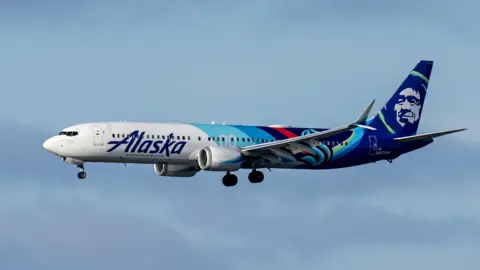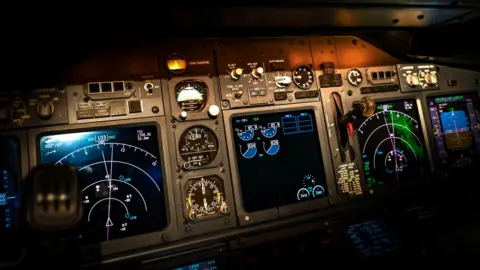India's aviation safety has come under scrutiny following the tragic Air India crash on June 12, which resulted in the loss of at least 270 lives. The Boeing 787-8 Dreamliner was bound for London and crashed shortly after taking off from Ahmedabad airport, raising alarm bells over the state of air travel safety in the country.
Faiz Ahmed Kidwai, chief of India's Directorate General of Civil Aviation (DGCA), asserted in a recent interview that "India's skies have always been safe – in the past and even today." He pointed to global safety metrics like those from the International Civil Aviation Organization (ICAO), which show India performing better than the world average in terms of accidents per million flights.
Major accidents remain rare, but recent turbulence-related incidents and reports of maintenance issues have reignited public concerns. Just months before the Air India disaster, a SpiceJet flight faced a troubling series of findings regarding propeller failures. This prompted the DGCA to summon the airline's management and enforce actions to correct the issue, signalling that oversight at airlines could improve.
Recent investigative efforts exposed delays in mandated engine part replacements by Air India Express, where falsified compliance records were reported. However, Kidwai highlighted a positive shift in reporting culture, noting that airlines have begun to report technical faults more frequently, which allows for timely interventions.
Since 2020, Indian airlines have reported close to 2,500 technical faults, with IndiGo leading at over half of those incidents. After a recent turbulence scare involving an IndiGo flight that resulted in emergency landing, the DGCA enforced stricter guidelines for pilots to navigate challenging weather conditions. Kidwai acknowledges the growing significance of maintaining safe operations, as air traffic in India continues to grow; current projections estimate operating more than 2,000 aircraft by the end of the decade.
The DGCA's proactive measures have led to heightened scrutiny on maintenance and compliance issues, emphasized by the doubling of air passengers in the past decade—surging from 116 million to 239 million. With India's scheduled carriers operating around 850 aircraft today, concerns regarding safety will remain paramount as the aviation sector continues to expand.
While such accidents can disrupt public confidence in air travel, data analysis indicates that the latest crash has not significantly impacted traffic in and out of India. Kidwai assures that such transient fears tend to decrease over time as familiarity and transparency are restored to the aviation landscape. "Time is a great healer," he concludes, addressing the natural anxiety that arises following tragic incidents in air travel.






















